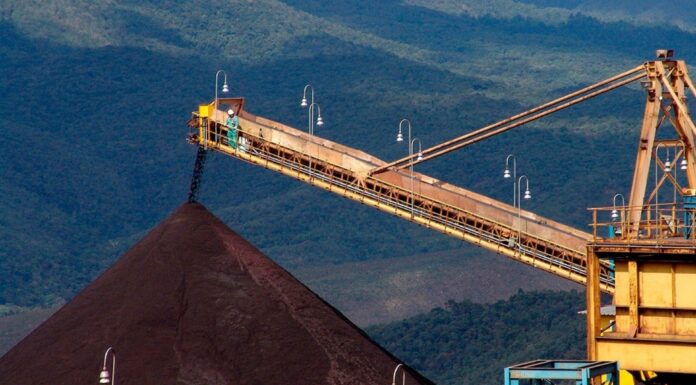Bogota — The global seaborne iron ore market may see a 54 million mt deficit this year and take three years to balance, S&P Global Market Intelligence said Wednesday.
SPMI also raised its 2019 benchmark iron ore price forecast to $90/dmt CFR China from $87/dmt, after a year-to-date high exceeding $126/dmt wasreached this month on demand for volumes to meet steel operating rates in China and rebuild inventory.
This comes after supply disruption out of Australia and Brazil, SPMI said. The deficit in the market is partly due to the widespread stoppages at mines in southern Brazil after a Vale dam burst at the end of January.
“We have increased our price expectations on increased supply disruptions, though we hold our estimates for steel demand broadly consistent given policy uncertainty and a long-held assumption of steelmaking capacity curbs in China over some of the second half of the year,” SPMI’s senior research analyst for metals and mining, Maximilian Court, said in a presentation by analysts from SPMI, S&P Global Platts and S&P Global Ratings.
“We expect a greater seaborne iron ore deficit of 54 million mt, widened from 36 million mt, due to larger-than-expected disruption at Rio Tinto’s Pilbara mines in Australia and a slower resumption of idled Chinese concentrate capacity.”
SPMI expects major iron ore producers to continue to struggle to recover volumes, while slowing crude steel production, particularly in China, may reduce iron ore demand over the second half of the year, SPMI said.
SPMI expects seaborne iron ore market deficits of 29 million mt in 2020 and 9 million mt in 2021, based on slower demand growth and iron ore producers operating back at higher capacity.
Vale’s iron ore shipments saw disruption since February, with shipments falling to a low in April and recovering for cargo bound for China in May, said S&P Global Market Intelligence Panjiva research analyst Chris Rogers in his presentation.
Vale’s China exports more than tripled in May from April, while Vale’s shipments to other destinations were lower, SPMI Panjiva data showed.
Stronger iron ore exports by Anglo American’s Minas-Rio and CSN Mining helped offset declines from Vale, with Brazilian iron ore exports overall down by 10.2% in May on a year earlier, Rogers said.
Vale is seeing stronger iron ore prices more than offset reduced volumes following the accident, and the company continues to strengthen its balance sheet, S&P Global Ratings credit analyst Elad Jelasko said in the presentation.
Vale faces “significant uncertainty regarding litigation and fines” while the company has “material headroom” under S&P Global Ratings’ BBB-/Negative of May 2019 to accommodate fines of up to $20 billion before seeing pressure on credit metrics, Jelasko added.
Fonte: S&P Global






